One of the interesting observations I have made after years of being a coral hoarder is that one characteristic that I share with many of my fellow hoarders is that our hoarding has often led to us having multiple tanks. While most of us do not see any negatives to having multiple tanks at times I have come to realize that while there are a lot of positives to having multiple tanks there are also negatives as well.
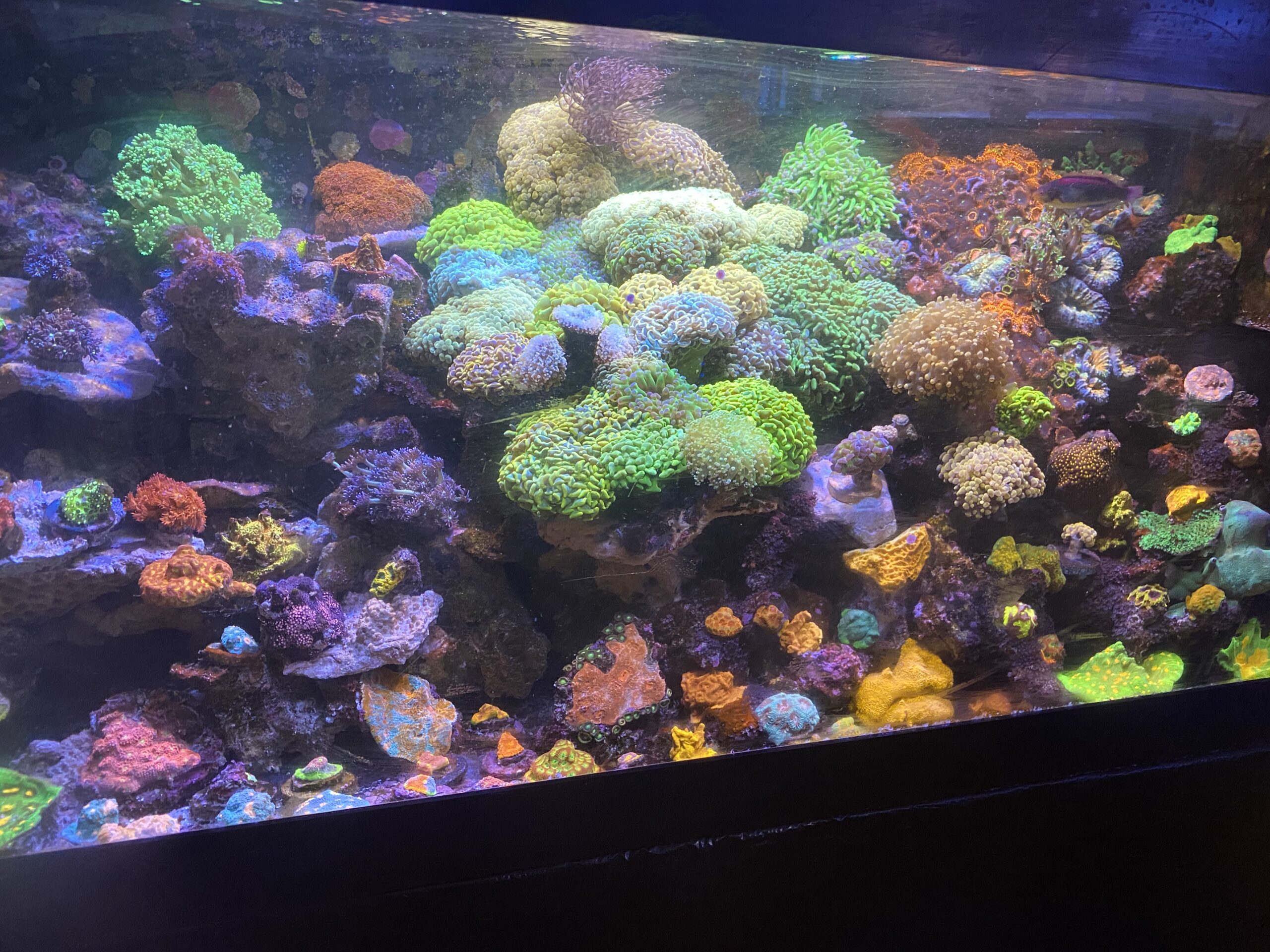
Significant others
While I’m sure that many significant others will agree with this assumption, having multiple tanks goes beyond just trying their patience. I am fortunate in that over the years I have had periods where I just had a single display tank as well as long periods when I have had multiple tanks. Knowing this I am confident that I am in a good position to discuss both the positive and negative aspects of both situations.
What is curious is that very few individuals start off thinking that they are going to go beyond just having one nice display tank. Naively, we all think that once we set up a tank and it is successful, we will just be happy sitting there taking care of it and watching it. However, after a while, we all soon realize that because of our success or sometimes the lack of it, we decide that we need a bigger or an additional tank.
In the case where we add a bigger tank, we often decide that there is no reason to get rid of a perfectly good smaller tank, so we keep it. This is the case where success leads to us having multiple tanks. Conversely, a lack of success can also lead to the addition of tanks. At first glance, this does not make sense as to why would you want a second or more tanks when you are having trouble with the first tank.
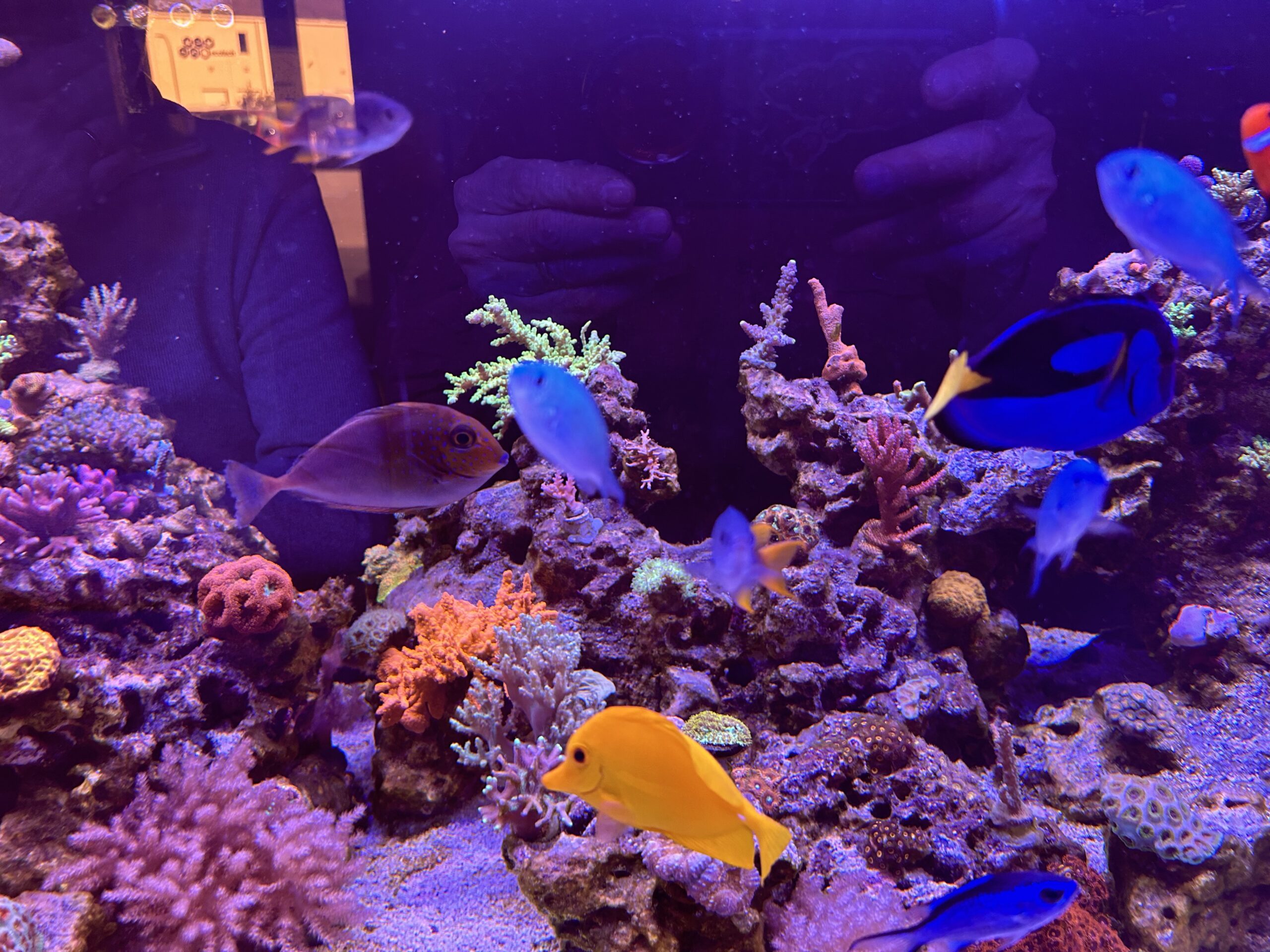
Compatibility
The first reason could be that when you set up the first tank it soon became apparent that some of its inhabitants were incompatible. Some fish do not get along with other fish and the same is true of some corals. Having a mixed tank filled with SPS, LPS, and soft corals is still one of the more difficult tanks to have long-term success with. When this is realized, some of us have gone the route of having multiple tanks so that we can house different fish or corals under optimal conditions.
In my own case, I currently have five tanks, one 500-gallon display tank for sps corals, a 120-gallon display tank for soft corals, a 90-gallon frag tank, a 40-gallon nano tank for LPS corals, and a 120-gallon freshwater planted tank. In addition to these five tanks, there is also a 40-gallon quarantine tank as well as a couple of experimental tanks. Obviously, this collection did not happen overnight, but started forty years ago when I set up my first reef tank in the classic 55-gallon “death” tank.
So-called because its dimensions made working in it difficult as did its low top surface-to-depth ratio, which made things that we now take for granted, like a large surface area for oxygen exchange limited. Over the years I have had sixteen display tanks of various sizes ranging from 20 to 1200 gallons. Even when I had the 1200-gallon tank set up as an sps tank, I still had a 240-gallon tank adjacent to it to house soft corals. Needless to say, I have always imagined that there were significant benefits to having multiple tanks.
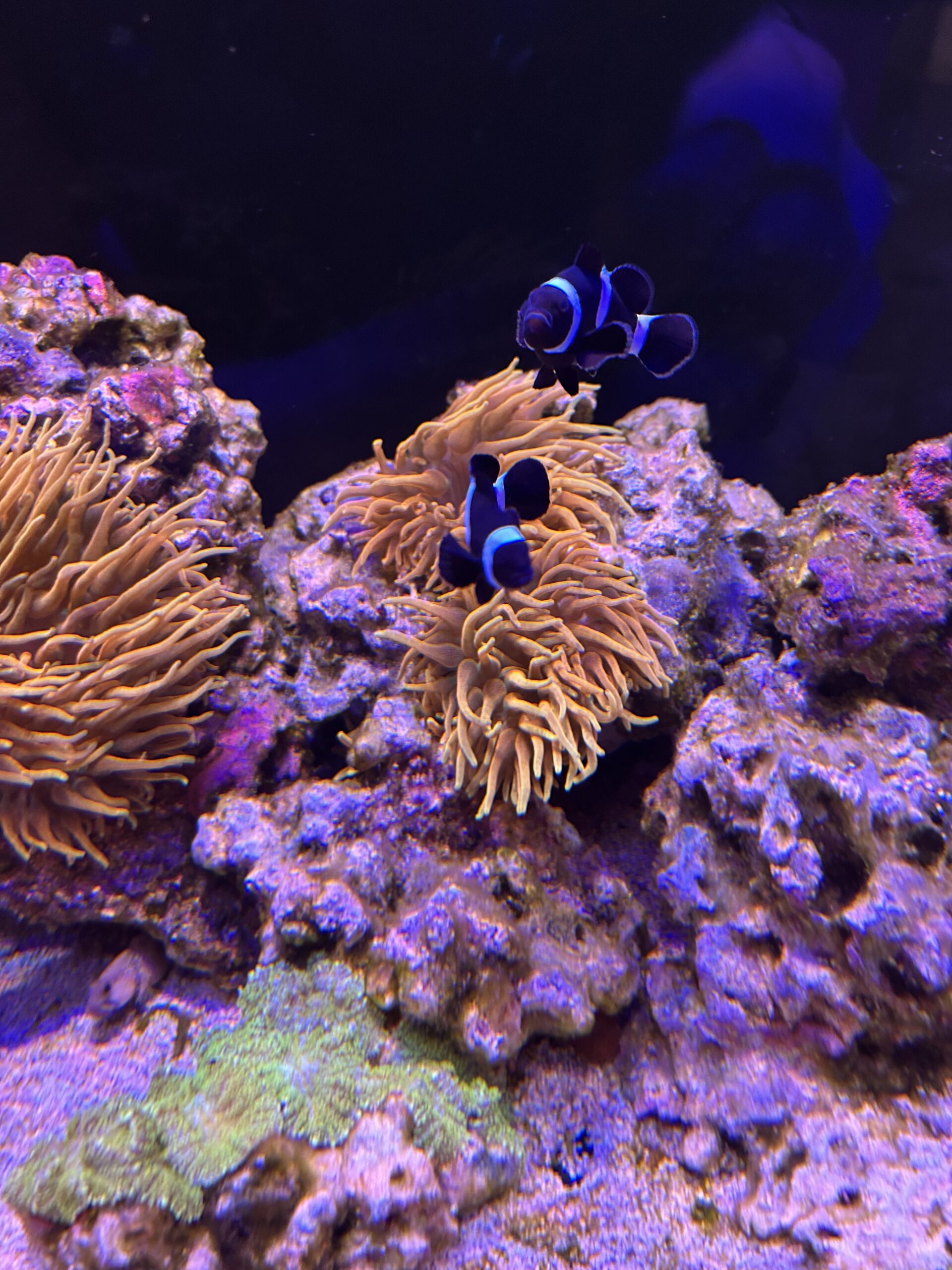
The advantages of running just one reef tank
But as I have gotten older and hopefully wiser I also now realize that there may be some advantages to only having a single display tank instead of a multitude. First, there is definitely a smaller financial commitment to only having a single tank. One tank means only needing to have one set of equipment and it only needs to be stocked once. But there is also savings in electricity, maintenance, and equipment replacement.
There is also a significant advantage in terms of time needed to be spent on a tank. When there is only one tank, all of our attention can be focused on it, so problems and oversights can hopefully be reduced. Despite our best intentions, when we have multiple tanks, as times things can fall through the cracks. As a result, what may only be a small issue and caught when we have one tank, can become a major issue when left unattended on a second or third tank. Spending less time on a multitude of tanks, can also potentially bring more harmony in our relationships.
When we spend more time on our tanks than we do with our significant others it can lead to problems. Having one tank also lets us really focus on what’s going on with each inhabitant and this focus can help us see issues with a fish or coral long before it becomes a problem, which could be missed when our attention is on a multitude of tanks.
Lastly, when we have a single tank, we can focus on getting the best corals and fish to fill it, rather than getting a multitude of lesser animals just to fill up the space. That is, rather than getting four or five pieces to fill space, since we are limited in space, we only get the best piece of coral or one impressive fish, instead of a multitude of fish. Despite our best intentions to do this when we are keeping multiple tanks, it rarely works out that way.
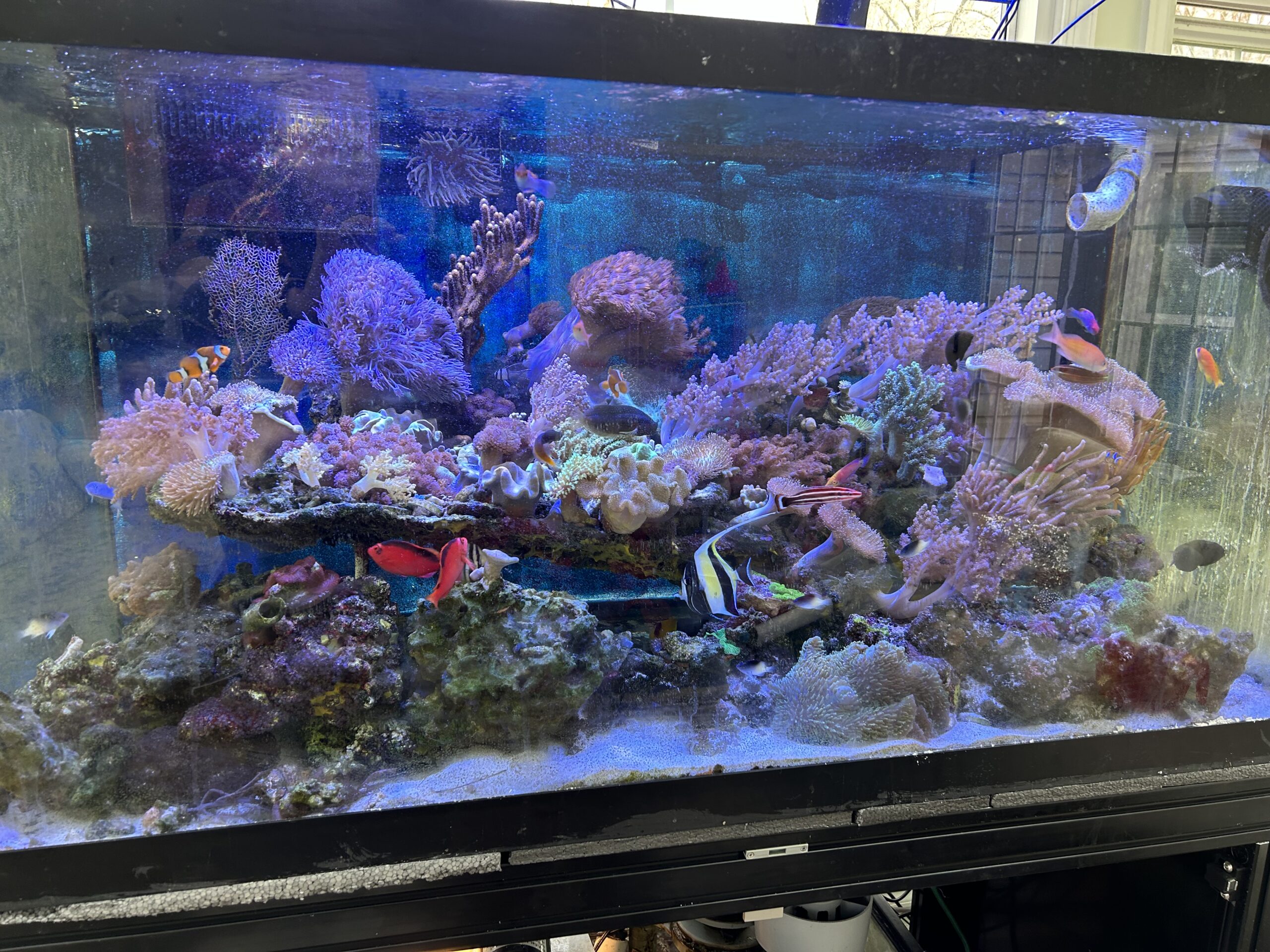
Less maintenance
Another advantage of only having a single tank is that it requires less effort in a number of areas which may lead to greater success. These advantages include more focused testing in that instead of having to test the parameters on a number of tanks, they only need to be run on one tank, which if you are anything like me, means that they are more likely to be done. Similarly, when only the equipment on one tank needs to be maintained, it too is more likely to be done.
As a rule, the easier something is to do, the more likely it is that it will get done. When you have to take out and clean nine powerheads from three different tanks, or three from one tank, obviously cleaning the three is more likely to get done. The same is true of cleaning lights, cleaning protein skimmers, maintaining return pumps, etc. so the advantages of a single tank with single sets of equipment to manage are easy to see. As mentioned above, only having one tank clearly makes time management easier.
Since there are so many positives to having a single tank, why do so many of us keep multiple tanks? First, as I mentioned, it is difficult to keep every coral we want in the same tank. The corals available now come from a wide range of areas, including Australia, Fiji, Indonesia, Vietnam, Tonga, and the Solomon Islands. Despite the conditions on these reefs being similar, there are differences between them. In addition, the conditions from where the corals come from are also quite different.
Mixing corals
SPS corals mostly come from high-energy areas with strong flow and light, while LPS corals are from areas with less energy so they require less flow and light. Housing these corals together successfully can often prove challenging. In addition, some corals like soft corals, zooanthids, and anemones not only come from different areas but they can also produce chemicals that inhibit the growth of other corals or they can sting neighboring corals. So for this reason, it may be easier as well as best for these corals if they are housed in separate systems.
Mixing fish
Having different tanks not only allows for the housing of different corals, but it also allows for the housing of different fish. In my own experience, I have found that when I have tried to house small fish in my larger tanks, they invariably disappear, even when I only attempted to house small fish in these systems. For this reason, I now only try to keep small fish in my smaller tanks. This not only provides the benefit of keeping them alive better, but it also allows for better and easier viewing of their interesting behaviors. Unlike bigger fish which seemingly just swim about, smaller fish often are more interesting from a behavioral standpoint, and this is more readily observed in smaller tanks. Also, some fish simply do not get along, and having multiple tanks allows for the keeping of fish that would fight if kept in the same tank.
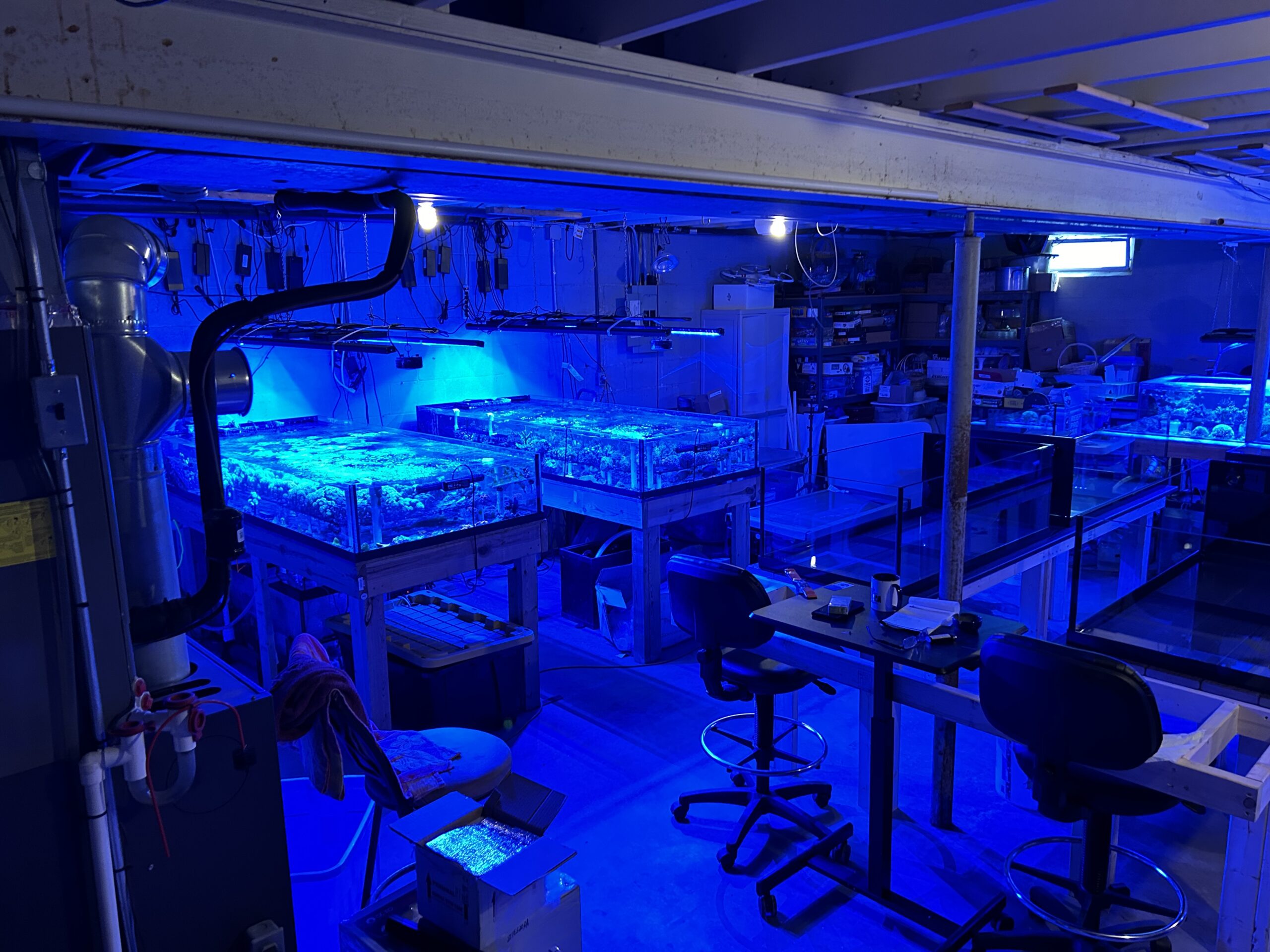
Banking corals
Having multiple tanks also allows for something that used to be done more extensively in the past: the banking of corals. In the early days of the hobby, when we were not sure if we could keep something alive, we would often frag it and share the frags with our friends in the hope that if we lost that coral, one of them we keep it alive so that we could get it back. This sadly is done less frequently today. But with multiple tanks, we can often bank a coral ourselves. In my own case, when I get a rare piece, I often frag it, place the original in one of the display tanks, and then house the frag in my frag tank. In this way, it is at least partially protected from being lost. Truth be told, I still often bank corals with my friends as well, just in case.
By having multiple tanks there is always something to do on at least one of them seemingly all the time. For some of us who enjoy constant tinkering, this too is a positive, but for others, who are stretched for time, this can be a problem. As with just about everything in this hobby, there are positives and negatives to just about everything we do. One thing that needs to be taken into account more is that for most of us, this is a hobby and needs to be fun. In that regard, the decision to have one tank or more needs to be made in an attempt to make things more fun. If adding more tanks does that then that is the road to take. But if adding more tanks simply adds to one’s stress, then having a single tank and focusing on that is probably the better option.



